Buy this modern artwork The Magere(Skinny)bridge in Amsterdam. by Don Fonzarelli on canvas, ArtFrame, poster and wallpaper, printed on demand in high quality.
About "The Magere(Skinny)bridge in Amsterdam."
by Don Fonzarelli
About the artwork
The Magere Brug ("Skinny Bridge") is a bridge over the river Amstel in the city centre of Amsterdam. It connects the banks of the river at Kerkstraat (Church Street), between Keizersgracht (Emperors' Canal) and Prinsengracht (Princes' Canal).
The central section of the Magere Brug is a bascule bridge made of white-painted wood. The present bridge was built in 1934. The first bridge at this site was built in 1691 as Kerkstraatbrug and had 13 arches. Because this bridge was very narrow, the locals called it magere brug, which literally means "skinny bridge". In 1871 the state of the bridge was so bad that it was demolished and replaced by a nine-arched wooden bridge. Fifty years later this bridge also needed to be replaced. Architect Piet Kramer made several designs for a steel and stone bridge, but the city decided to replace it with a new bridge that looked the same as the previous, only slightly bigger. In 1934 the bridge was demolished and replaced. The last major renovation was in 1969. Until 1994 the bridge was opened by hand, but now is opened automatically.
Use of the bridge has been limited to pedestrians and cyclists since 2003. It is however opened many times a day in order to let through river traffic. The boats used for sightseeing tours are low enough to pass underneath the bridge when closed. The bridge is decorated with 1200 light bulbs that are turned on in the evening.
A story told to tourists about the origins of the 1691 version of the

About Don Fonzarelli
Don Fonzarelli is a photographer and musician born and raised in the city of Amsterdam in the Netherlands. Don Fonzarelli is the alias of Fons van der Wielen(1961).. Read more…
 Netherlands
Netherlands Ordered in November 2016
Ordered in November 2016
 Netherlands
Netherlands Ordered in April 2021
Ordered in April 2021
 Germany
Germany Ordered in April 2021
Ordered in April 2021
 Netherlands
Netherlands Ordered in August 2021
Ordered in August 2021
 Netherlands
Netherlands Ordered in March 2021
Ordered in March 2021
 Germany
Germany Ordered in November 2020
Ordered in November 2020
 Germany
Germany Ordered in June 2025
Ordered in June 2025
 Germany
Germany Ordered in February 2022
Ordered in February 2022
 Germany
Germany Ordered in August 2019
Ordered in August 2019
 Netherlands
Netherlands Ordered in October 2019
Ordered in October 2019
 Netherlands
Netherlands Ordered in April 2023
Ordered in April 2023
 Netherlands
Netherlands Ordered in November 2019
Ordered in November 2019
About the material
ArtFrame™
Interchangeable Art Prints
- High-quality print
- Easily interchangeable
- Acoustic function
- Large sizes available
Discover the artworks of Don Fonzarelli
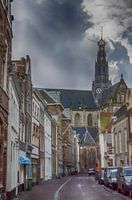 A view at the St Bavo Church in Haarlem.Don Fonzarelli
A view at the St Bavo Church in Haarlem.Don Fonzarelli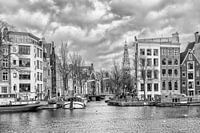 The Groenburgwal from the Amstel River in Amsterdam.Don Fonzarelli
The Groenburgwal from the Amstel River in Amsterdam.Don Fonzarelli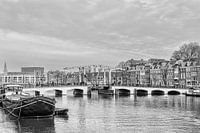 The Skinny Bridge in Amsterdam (2)Don Fonzarelli
The Skinny Bridge in Amsterdam (2)Don Fonzarelli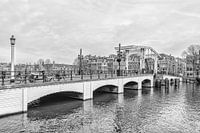 Side view of the Skinny Bridge in Amsterdam.Don Fonzarelli
Side view of the Skinny Bridge in Amsterdam.Don Fonzarelli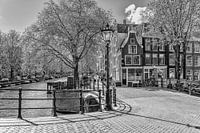 Reguliersgracht corner Prinsengracht in Amsterdam.Don Fonzarelli
Reguliersgracht corner Prinsengracht in Amsterdam.Don Fonzarelli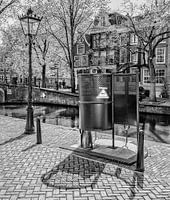 Old fashioned 'Krul' on the Reguliersgracht in Amsterdam. Don Fonzarelli
Old fashioned 'Krul' on the Reguliersgracht in Amsterdam. Don Fonzarelli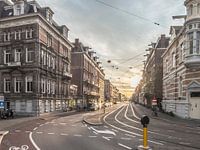 The Ruyschstraat in AmsterdamDon Fonzarelli
The Ruyschstraat in AmsterdamDon Fonzarelli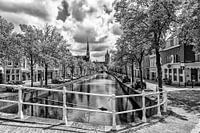 Noordeinde Delft.Don Fonzarelli
Noordeinde Delft.Don Fonzarelli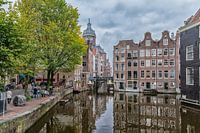 From the Armbrug in Amsterdam.Don Fonzarelli
From the Armbrug in Amsterdam.Don Fonzarelli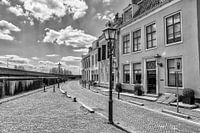 Along the shore in Wijk bij Duurstede Don Fonzarelli
Along the shore in Wijk bij Duurstede Don Fonzarelli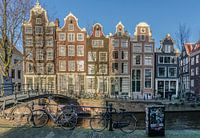 Amsterdam facades on Brouwersgracht.Don Fonzarelli
Amsterdam facades on Brouwersgracht.Don Fonzarelli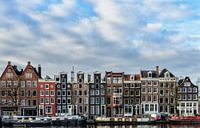 Facades along the Amstel River in Amsterdam.Don Fonzarelli
Facades along the Amstel River in Amsterdam.Don Fonzarelli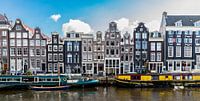 Facades on the Singel Canal in Amsterdam.Don Fonzarelli
Facades on the Singel Canal in Amsterdam.Don Fonzarelli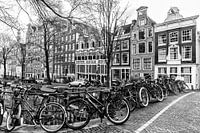 A few bikes on a bridge of the Bloemgracht in Amsterdam.Don Fonzarelli
A few bikes on a bridge of the Bloemgracht in Amsterdam.Don Fonzarelli Industry in the Botlek.Don Fonzarelli
Industry in the Botlek.Don Fonzarelli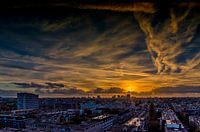 Sunset from the OLVG in Amsterdam East.Don Fonzarelli
Sunset from the OLVG in Amsterdam East.Don Fonzarelli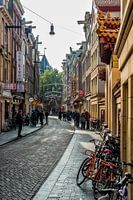 Amsterdam's Zeedijk and Chinatown.Don Fonzarelli
Amsterdam's Zeedijk and Chinatown.Don Fonzarelli The Oostvaardersplassen in autumn.Don Fonzarelli
The Oostvaardersplassen in autumn.Don Fonzarelli A Swiss cow in the meadow near Mount Pfannenstiel near Zurich.Don Fonzarelli
A Swiss cow in the meadow near Mount Pfannenstiel near Zurich.Don Fonzarelli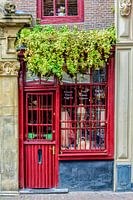 Smallest house in Amsterdam.Don Fonzarelli
Smallest house in Amsterdam.Don Fonzarelli
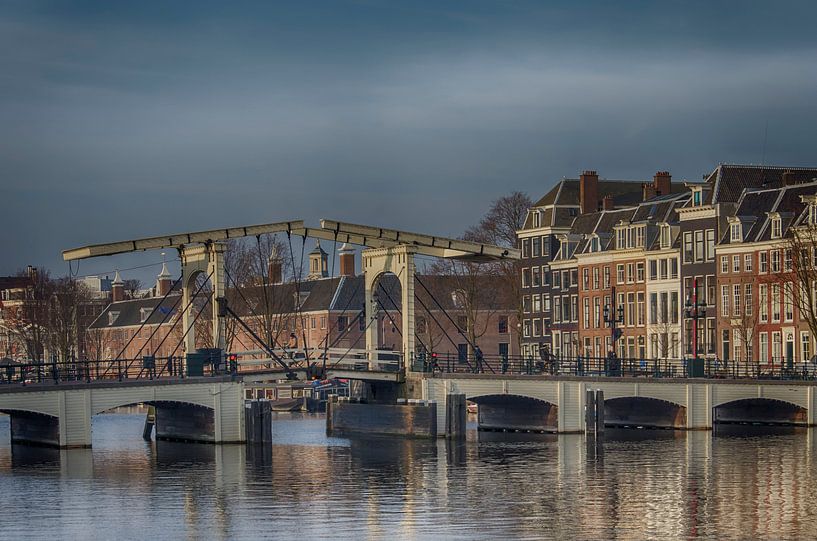

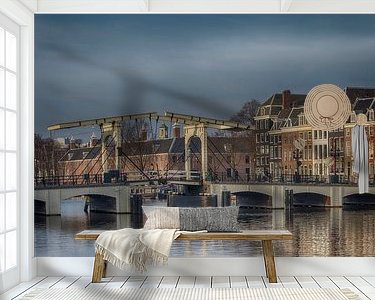
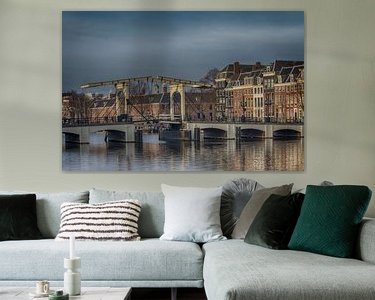

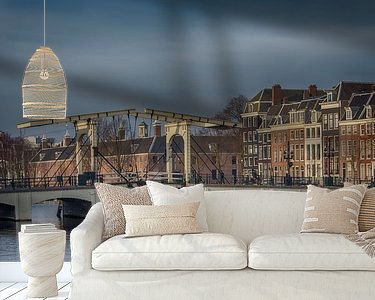

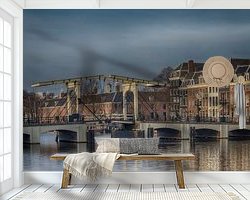

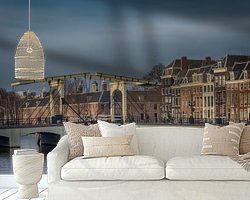


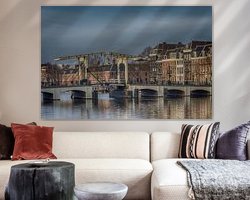
 Amstel
Amstel Amsterdam
Amsterdam Canal house
Canal house Modern
Modern Nostalgic Memories
Nostalgic Memories Photo wallpaper
Photo wallpaper Photography
Photography Serene Peace
Serene Peace Skinny Bridge of Amsterdam
Skinny Bridge of Amsterdam The Netherlands
The Netherlands Urban / Street
Urban / Street









